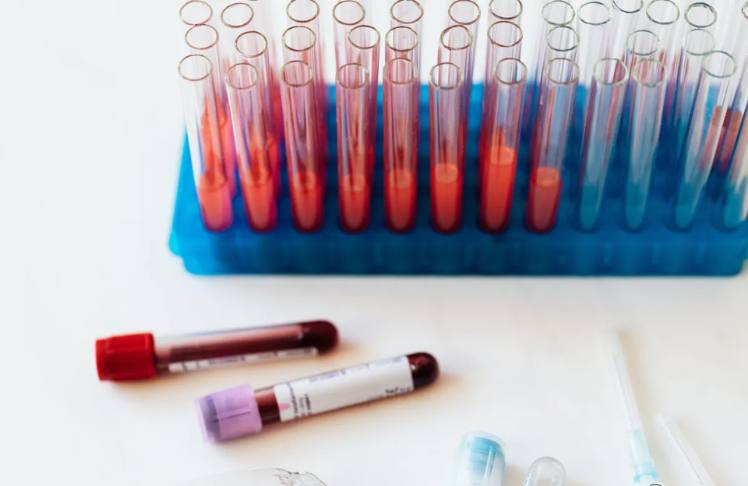
By Alexa Spencer
Americans ages 13 to 24 are the second highest age group impacted by HIV diagnoses, but new data reveals a significant drop in infections.
According to the Centers for Disease Control and Prevention, estimated annual infections dropped from 9,300 in 2017 to 6,100 in 2021. The decrease occurred mostly among young gay and bisexual males, who account for 80% of new infections in the 13-to-24 age group.
The dip resulted in a 12% overall decrease in infections among Americans. Jonathan Mermin, Director of CDC’s National Center for HIV, Viral Hepatitis, STD, and TB Prevention, said the progress shows “what is possible.”
“But ending the HIV epidemic and achieving equity requires we expand this progress to all,” he said in a statement.
HIV Prevention and Care Isn’t Accessed Equally
The data suggests that HIV testing, treatment, and pre-exposure prophylaxis (PrEP) reached more males since 2017 — but the impact wasn’t felt across all races.
After several years of HIV prevention and treatment efforts, Black gay and bisexual males ages 13 to 24 saw a 27% drop in infections — compared to 36% among Hispanic and Latino males and 45% among white males.
Rochelle P. Walensky, director at the CDC, said the nation’s “HIV prevention efforts continue to move in the right direction,” but barriers are getting in the way of equitable healing.
“Longstanding factors, such as systemic inequities, social and economic marginalization and residential segregation, however, stand between highly effective HIV treatment and prevention and people who could benefit from them,” she said in a statement. “Efforts must be accelerated and strengthened for progress to reach all groups faster and equitably.”
Black People Face Unique Barriers
Black people make up more than 40% of new HIV infections, but account for only 13% of the national population. Despite their overrepresentation, they benefit from prevention and care the least.
According to the 2021 data, only 11% of Black folks who were eligible for PrEP were prescribed the drug, which reduces the risk for HIV contraction through sex by 99%. On the other hand, 21% and 78% of Hispanic and Latino, and white people received prescriptions, respectively.
“At least three people in the U.S. get HIV every hour — at a time when we have more effective prevention and treatment options than ever before,” Robyn Neblett Fanfair, Acting Director of CDC’s Division of HIV Prevention, said.
To meet the CDC’s goal of reducing HIV infections by 75% by 2025, each group needs a 50% prescription rate, but that hasn’t happened yet. Systemic barriers — racism, stigma, homophobia, and poverty — make it difficult.
Among U.S. women, Black women account for 60% of new HIV infections. In a July 2022 study, a group of researchers at North Carolina University conducted focus groups to find out why.
After speaking with 48 Black women who lived in public housing in a southern town, the team found that medical distrust, discrimination, classism, gender power dynamics, and poor environmental conditions contribute to the disparity.
“Our findings confirm the need to develop HIV intervention programming addressing intersectional identities,” the researchers wrote.
The longer it takes to reach Black and other marginalized communities, the more dangerous the disease becomes. More than 290,000 Black Americans have died from stage three HIV, or AIDS, since the epidemic started in the 1980s.
“In prevention, patience is not a virtue,” Mermin said.















